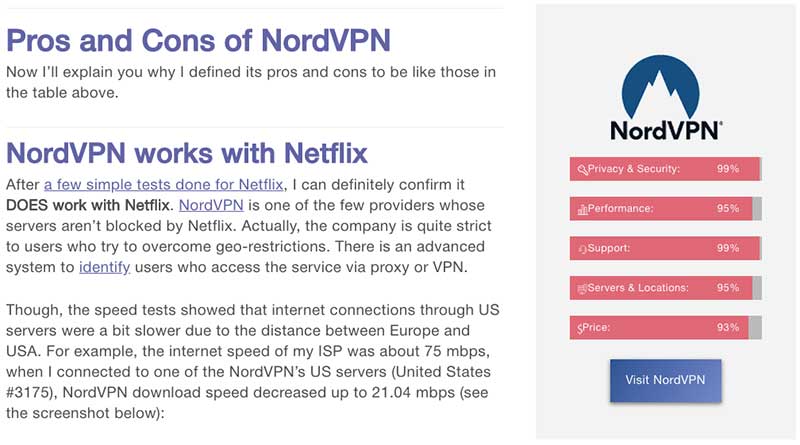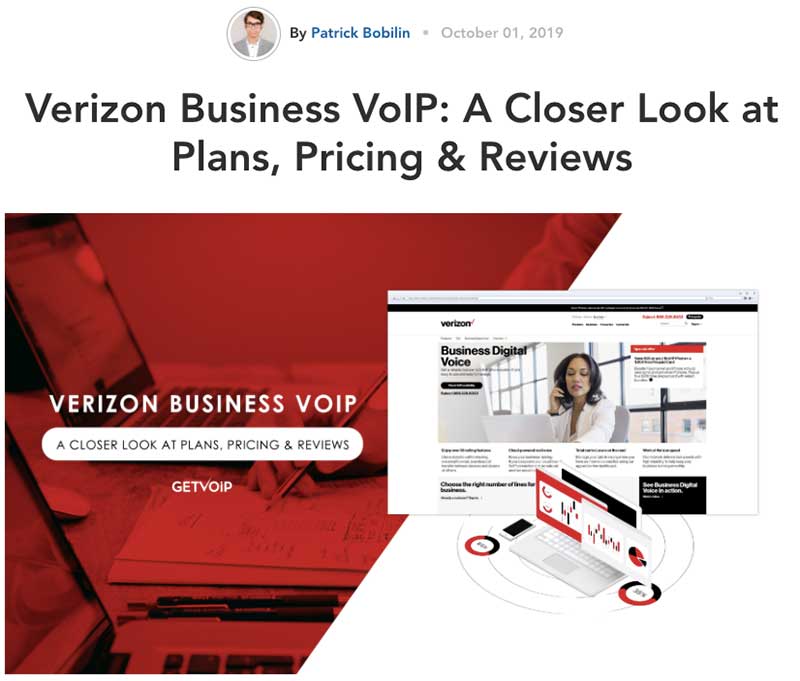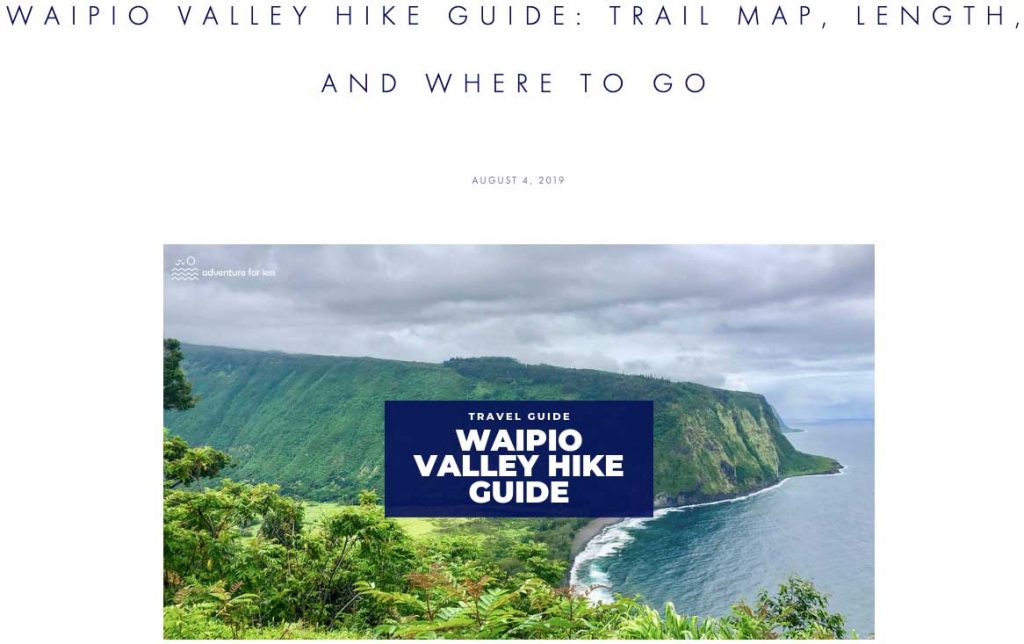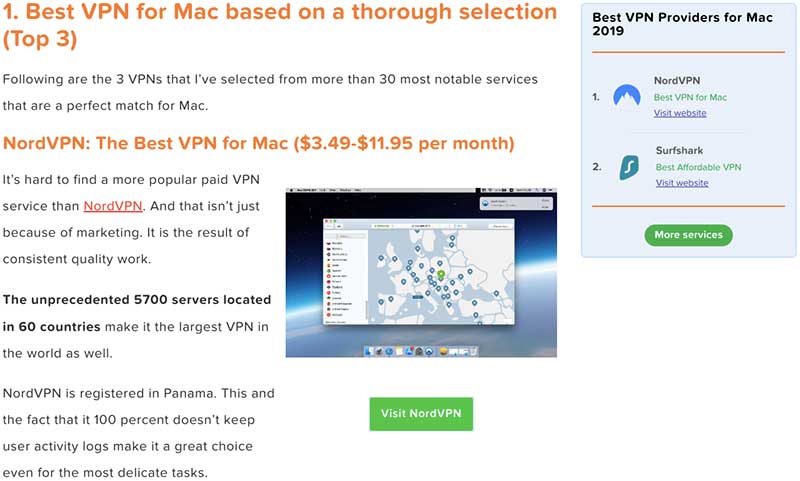So you’ve built a following online and are ready to monetize your blog.
There are many ways to make money online, but from my perspective, affiliate marketing is way #1.
Why?
Over 80% of brands and 84% of publishers use affiliate marketing. It’s a billion-dollar industry, and best of all, it’s not limited to any industry.
Every industry and niche from sportswear, fashion, and even the SaaS industry leverages affiliate marketing.
Plus, it’s a form of passive income that takes minimal work once set up correctly.
I have a big passion for affiliate marketing as I’m an affiliate manager turned affiliate marketer. In 2018, I managed the BigCommerce affiliate program for about a year.
Then, in January 2019 I launched my blog AdamEnfroy.com and currently make over $35,000/month – $18,000 of which comes from affiliate marketing.

This blog monetization has allowed me to quit my full-time job, invest more money, and travel the world.
Below, we’ll go into more information on what affiliate marketing is for bloggers, how you can incorporate it into your overall content marketing strategy, and what you need to do to get started.
Let’s get into it.
1. What is Affiliate Marketing?
First off, assuming you’ve already built a website to host your blog where you will promote your affiliate offers…
Affiliate marketing is a marketing tactic that allows you to earn a commission by promoting products or services on your website or blog.
But here’s the thing.
You’ll only earn a commission every time a reader clicks on a link that goes to the advertiser’s site and makes a purchase.
That’s what makes it a win-win situation for all.
As a blogger, you get to showcase new brands and products in your niche and make extra income.
For the advertiser, they can get extra traffic or additional sales. And for the reader, they may be learning more about a new brand or product which might interest them.
But is affiliate marketing effective?
In the past two years, affiliate marketing sales revenue that’s driven by content creators increased 240%.
But that’s not all.
In 2017, brands spent $5.3 billion on affiliate marketing. The total is expected to grow and reach 10.1% every year until 2020, where spend will hit $6.8 billion [source].
2. How Do I Make Money?
There are three common approaches to make money.
i. Pay per Sale
This is one of the more popular options. Here, you can earn a set commission based on each sale you bring in via your marketing channel. The more sales you bring for the merchant, the more money you make.
ii. Pay per Lead
This is another alternative where instead of paying you for a sale, the merchant pays you every time you bring a lead to the company.
It’s a popular method when the organization is trying to get users to sign up for a newsletter, email blasts, demos, or trials.
iii. Pay per Click
This is the third option. Here, the merchant will pay you every time your reader clicks on the link and goes to the merchant’s website.
Not every click tends to convert into a sale. That’s why most merchants don’t offer this type of payment.
These three common types of payment have something in common.
Affiliate programs reward bloggers with strong relationships with their readers. They also reward bloggers with larger followings as well.
3. How Can I Get Started?
While there are many ways to grow a loyal following, we’re going to show you how you can begin by producing good content and how to start as an affiliate.
Produce Good Content in a Specific Niche
Find a topic of interest and start narrowing down the topic. According to The Profitt Podcast, if you’re starting out, you should niche down as much as possible so your audience knows exactly what kind of value you offer them and why they should keep coming back.
Although the Profitt Podcast focuses on audio content, we believe the same can be said for any medium. Pick a topic and niche down.
For example, if you’re an affiliate with a VPN review blog like the one below, it wouldn’t make sense to also share content about fashion. You’d want to compare different platforms in your niche and add affiliate links for each:

Source: NordVPN Review
Maybe the fashion example was a bit far fetched. But the point here is, know your niche and who you’re speaking to.
If you’re writing VPN reviews specifically for direct to consumer, then you should probably focus on that audience rather than trying to appeal to the masses.
The clearer you are with your niche and audience, the more engaged they will be, and the higher they will convert.
Undergo keyword research: Look for words and phrases people type into search engines. Which keywords does your target audience use? Which ones are common in your industry?
Include keywords in your blog. Don’t overdo it by stuffing it in randomly in your post. Instead, mention the keyword in the body of your blog and the headers when appropriate.
For example, if you write a post about Verizon business VoIP like the one below, you might add this keyword into your subheaders and throughout the body, so it appears natural and not stuffed:

Source: Verizon Business VoIP
While yes, you want to include targeted keywords throughout your content… Don’t forget about the end user you’re writing for.
They’re not the only ones who will pick up on your keyword stuffing. Google will, too.
Write Great Headlines: Your headline is the gatekeeper to your article. Without an enticing headline, there’s a good chance your article won’t even be read!
Need an example of a great headline? Here’s one by travel writers Adventure For Less, writing about hiking Waipio Valley in Hawaii:

Why is this headline great?
It’s simple, but tells the searcher exactly what to expect when clicking:
Trail maps, trail length, and where to go on the hike.
This ensures the reader has a perfect message match from SERP to blog post, reducing bounce rates and acquiring better traffic that is there to convert.
Another great example is this blog post on eLearning with the title, “The Rise of eLearning in 2019 (Proved by Statistics)”
Note that the headline doesn’t just say “the rise of eLearning”, but instead adds something to grab the reader’s attention by mentioning proof.
Not sure what makes up a great headline? Check out this handy headline analyzer from CoSchedule where you can input your ideas and get instant feedback!
Include other mediums of content: Did you know blogs with images get 94% more views? Yup. Including multiple mediums can help keep your readers engaged.
Taking another VPN affiliate example, if you write a blog post about free VPNs for Mac like the one below, try breaking up long blocks of text with relevant images:

If you’re keen to learn more, here’s an extended list of actionable advice from Moz for anyone looking to create quality content in 2019 for search engines and people.
Why is it so important to create amazing content?
There are currently 6.7 million people who blog on popular blogging sites like Tumblr and Blogger. There’s a lot more if you include bloggers with their own website.
The blogging sector is extremely competitive.
So if you’re thinking of simply outsourcing the content writing process, think again.
According to Codeless, popular content writing services don’t produce quality content. As content writing becomes more popular, it’s increasingly tough to push out high-quality content effectively.
But don’t be discouraged.
If you’re passionate, curious, and determined to create a helpful blog for your subscribers, then you’re halfway there.
We recommend writing the blogs yourself and learning as you go.
Here are seven different tools that can help you become a better writer. And I also highly recommend that you take the time to study Geno Prussakov’s Four Characteristics of a Valuable Affiliate which re-enforce many of my above points.
Find Affiliate Programs and Add Your Links
Once you’re producing high-quality blog content and you’re generating a lot of traffic, you can begin monetizing your blog with affiliate links.
If you’re thinking it’s as simple as adding a few ads in your blog posts, you’re in for a surprise.
Affiliate marketing programs require a lot of effort, skill, and trial-and-error before you can turn it into a steady income stream.
So how do you find affiliate programs and networks?
Find online affiliate communities: You can generally find online affiliate groups (and affiliate program directories) that will list affiliate programs (affiliates set up by the brands) and affiliate networks (a third-party organization that manages affiliate programs on behalf of different brands.)
If you’re looking for a place to start, you can get started here to find a number of different affiliate programs and networks in varying industries.
Research programs managed by agencies: Consider turning to an affiliate management company (or several). Sometimes also called “affiliate OPM agencies“, these companies manage multiple affiliate programs (often across different affiliate networks) and establishing a relationship with agency like this can get you into many more than just one program. AM Navigator is a classic example of such an agency.
Look for companies within your niche: Alternatively, you can look for companies that are selling a product or service and see whether they offer an affiliate program online.
For example, if I was a blogger writing about different online tools to help plumbers start their own business, I would reach out to a company like Housecall Pro, an online SaaS company that helps service professionals streamline business activities.
In doing so, you can become an affiliate for a company that produces a great product that suits your audience.
Then you simply, sign up for their affiliate program, grab your affiliate link, and place the link within your content when mentioning the brand.
In the end, affiliate marketing is one of the best ways to monetize your blog.
But before you can reap the benefits, you’ll need to put in the work. You need to have a large following with a niche that trusts the information and content you provide.
The process of building trust is simple.
But the task of consistently creating high-quality content regularly, while testing and optimizing the content for your target audience, can be time-consuming and difficult.
We recommend learning things one step at a time.
Learn how to create great content. Build a following. Then monetize that following with affiliate marketing. And optimize your affiliate marketing efforts.
By following these steps, you can make the shift from writer to business owner with affiliate marketing.
Why not start today?